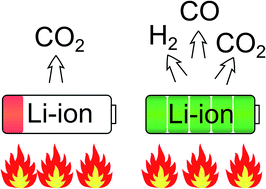This has been arduouus (to put it mildly).
I am satisfied that this IS the best we could get.
I believe that without my (and especially my legal team's efforts and their hired experts) we would have been permanently capped at 10% capacity loss.
My car has been restored to the full 4.2v capacity and is about 15% degraded at 190,000 miles and almost 7 years. I find that acceptable.
Additionally, the software updates through late 2020 vastly improved the diagnostic capabilities that from my expert's analysis does protect the battery from fire failure and has properly identified many faulty batteries that have been now replaced under warranty.
Charge rate reduction was not part of this lawsuit because that occurred AFTER we filed. Though that affects many more people, it will be difficult to bring action because there was never a guaranteed charge rate (the wording was always "up to"). Additionally, it is legally difficult to assess and assign a monetary loss due to the extra time now required.




